Jaipur, May 18, 2025 – Rajasthan is in the grip of an unrelenting heatwave, with temperatures reaching alarming levels across the state. Sriganganagar, located in the northern part of Rajasthan, recorded a scorching 46°C this week — the highest temperature of the season so far and one of the hottest recorded in India this year.
The India Meteorological Department (IMD) has issued red and orange alerts for multiple districts, including Bikaner, Jaisalmer, Barmer, Churu, and Jaipur, warning of extreme temperatures 4°C to 6°C above normal seasonal averages. With this heatwave showing no immediate signs of abating, public health officials and disaster response teams are ramping up efforts to prevent heat-related illnesses and fatalities.
A Region Known for Heat, Facing Extreme Conditions
Rajasthan is no stranger to high temperatures, especially during the peak summer months of May and June. However, this year’s conditions are surpassing the norm. Experts attribute the severity of the current heatwave to a combination of factors, including the absence of pre-monsoon showers, persistent dry winds from the northwest, and delayed western disturbances that typically bring some relief.
“Temperatures in several regions of Rajasthan are 4 to 5 degrees above normal for this time of year,” said Dr. R.K. Sharma, a senior meteorologist at IMD Jaipur. “This prolonged heatwave pattern is due to strong northwesterly winds and stable atmospheric conditions that trap hot air close to the ground.”
Satellite data shows large swathes of western and northern Rajasthan under a heat dome, with surface land temperatures exceeding 50°C in some desert areas during the day. Night-time temperatures have also remained unusually high, offering little relief and increasing the risk of heatstroke, dehydration, and other health complications.
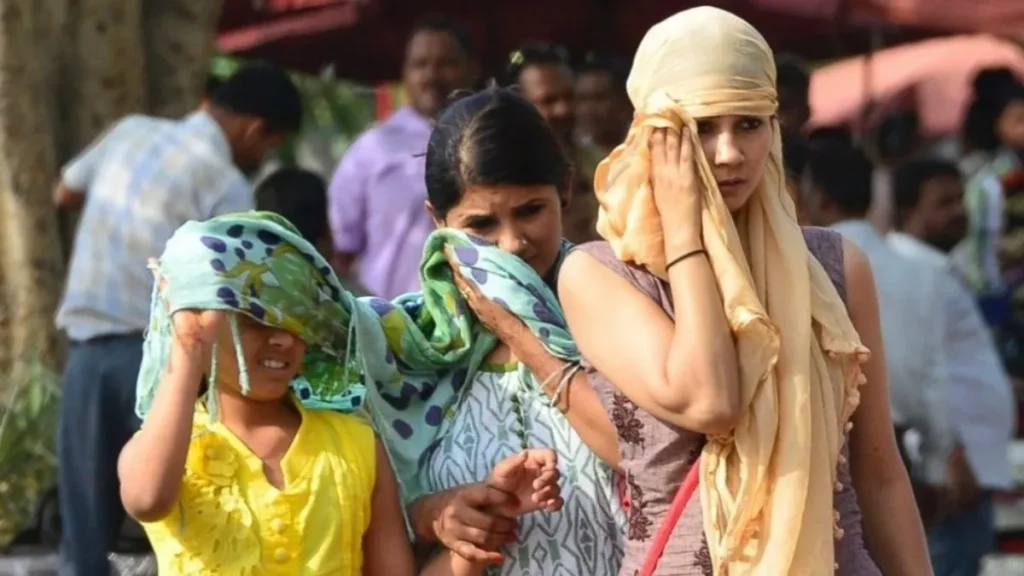
Public Health Emergency: Hospitals on Standby
With the temperature spike, hospitals across Rajasthan, particularly in major cities such as Jaipur, Udaipur, and Jodhpur, have been placed on alert to handle a potential influx of heat-related emergencies. Medical professionals are advising people to stay indoors between 11 a.m. and 4 p.m., remain hydrated, and wear light, breathable clothing.
“We have seen a rise in cases of heat exhaustion and dehydration over the past week,” said Dr. Manisha Rathore, an emergency physician at SMS Hospital, Jaipur. “People over 60, children, and outdoor workers are particularly vulnerable. We’ve already treated dozens of cases, and our ICU beds are on reserve for patients suffering from severe heatstroke.”
Public health authorities are coordinating with local governments to distribute oral rehydration solutions (ORS) and electrolyte packs in high-risk areas. Mobile health units are also being deployed in remote villages where access to medical care is limited.
Impact on Daily Life and Livelihoods
The extreme heat is disrupting daily life across the state. Schools in several districts have shortened class hours or shifted to virtual learning to protect students. Outdoor laborers — including construction workers, farmers, and street vendors — are being hit hard, with many unable to work during peak daylight hours due to the risk of heat-related illness.
“I used to work from 9 a.m. to 5 p.m., but now I only go out early morning or after sunset,” said Ramesh Kumhar, a construction laborer in Jodhpur. “It’s too dangerous to stay in the sun. I’m earning less, but health comes first.”
The agriculture sector is also facing consequences, with crop yields at risk due to soil moisture loss and heat stress on standing crops. The state agriculture department has advised farmers to delay sowing where possible and increase irrigation frequency, though water scarcity remains a persistent issue in many parts of Rajasthan.
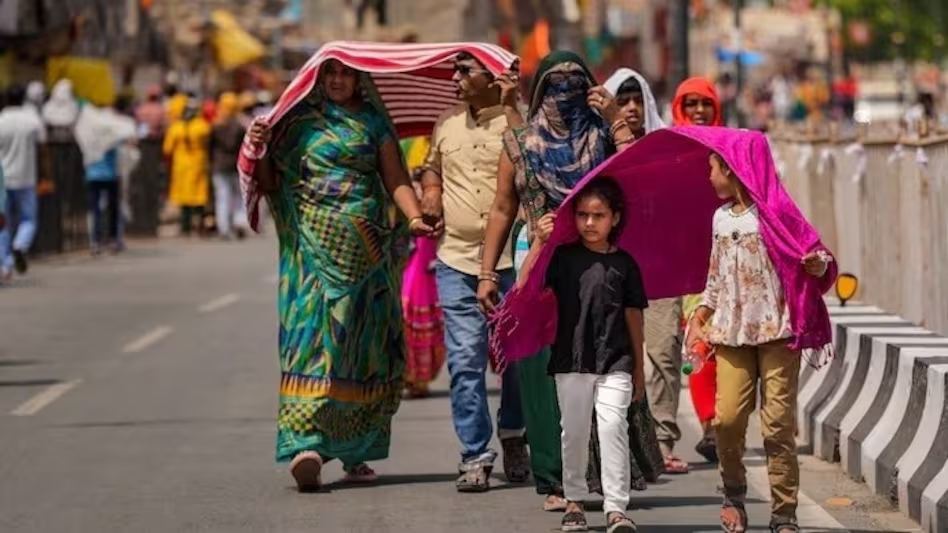
Water Crisis Worsens
As the mercury climbs, Rajasthan’s perennial struggle with water scarcity is worsening. Water tankers are being deployed in drought-prone districts, and the state government has urged residents to conserve water as groundwater levels continue to drop.
In Jalore and Barmer districts, reports have emerged of rural households receiving water once every 3–4 days. In urban areas, local municipalities are rationing water supply to maintain sustainability through the summer months.
“Heatwaves place extraordinary pressure on our already fragile water systems,” said Arvind Meena, an environmental activist based in Bikaner. “Without urgent investment in water conservation and supply infrastructure, situations like this will only become more severe in the coming years.”
Government Response and Precautionary Measures
The Rajasthan government has activated its disaster management framework to coordinate across departments and ensure that vulnerable populations are protected. Measures implemented so far include:
- Cooling shelters: Temporary shelters equipped with water and fans have been set up in major urban areas to offer respite for the homeless and daily wage workers.
- Public awareness drives: Loudspeaker announcements, local media campaigns, and SMS alerts are being used to educate people about heatwave precautions.
- Work timing adjustments: Government and private sector construction projects have been instructed to revise working hours to minimize heat exposure.
- Emergency services on standby: Ambulance and medical emergency services have been ramped up, with dedicated heatwave response units operating in high-risk districts.
Chief Minister Bhajan Lal Sharma, in a press briefing earlier this week, stated, “We are taking all necessary steps to ensure public safety. The government is fully committed to minimizing the health and livelihood impacts of this severe heatwave.”
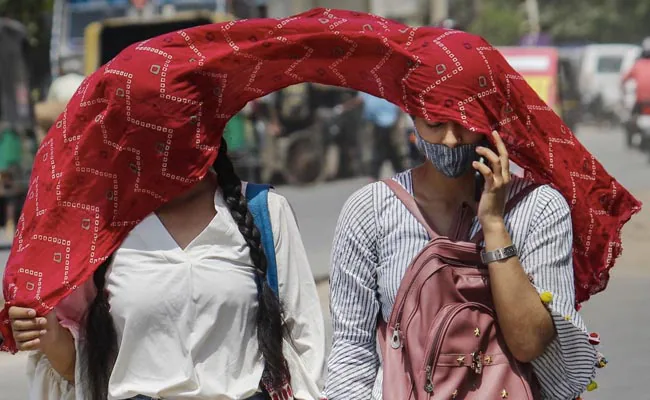
Looking Ahead: Is This the New Normal?
Climate scientists warn that such heatwaves could become more frequent and intense due to global warming. According to a 2023 report by the Indian Institute of Tropical Meteorology, extreme heat days in India have increased by over 15% in the past decade, with Rajasthan being among the worst-affected regions.
“This isn’t a one-off event,” said Dr. Anjali Verma, a climatologist at IITM Pune. “What we are witnessing now is a glimpse of the future — unless we drastically cut greenhouse gas emissions and build resilience into our cities and infrastructure.”
There are growing calls for heatwave preparedness to be made a central part of India’s urban planning and public health policy, particularly in vulnerable states like Rajasthan.
Conclusion
As the heatwave tightens its grip, life in Rajasthan remains on edge. While the state is showing resilience through coordinated government efforts and community support, the severity of this climate event is a sobering reminder of the mounting challenges posed by extreme weather.
Until the monsoon arrives, expected by late June or early July, residents are being advised to stay vigilant and take all necessary precautions. With temperature records being broken and public health under strain, the coming weeks will test both the endurance of the people and the effectiveness of the systems in place to protect them.
For continuous updates on Rajasthan’s weather conditions and safety advisories, stay tuned to our website and follow our social media channels.


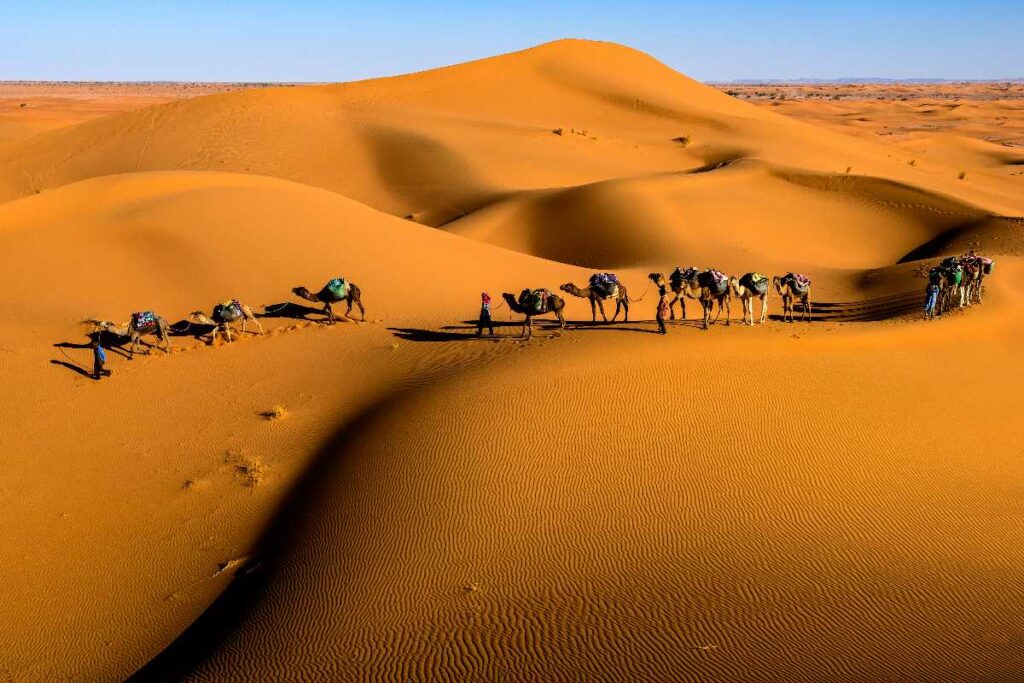

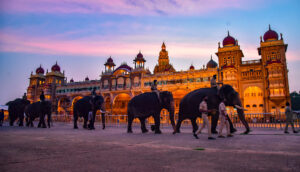


More Stories
Maithili Thakur: From Folk Singing Sensation to Rising Political Star
Mysuru Dasara: The Royal Festival of Karnataka – History, Culture, and Celebration
Blood Moon Over Sydney: Unveiling the Celestial Show with Telephoto Magic